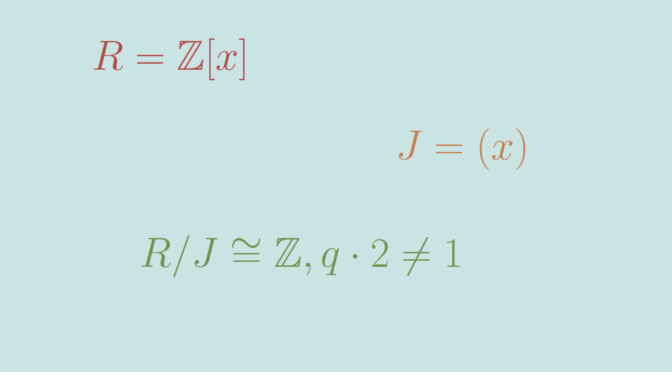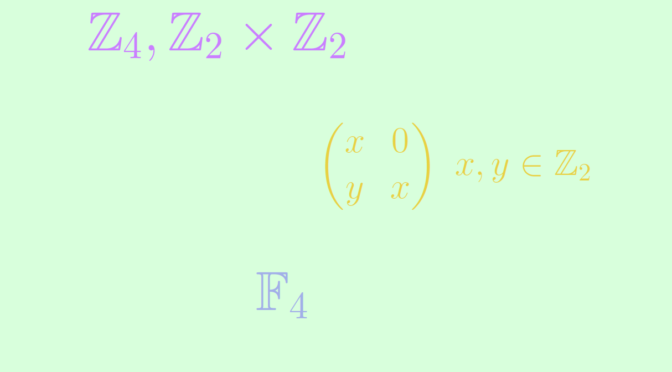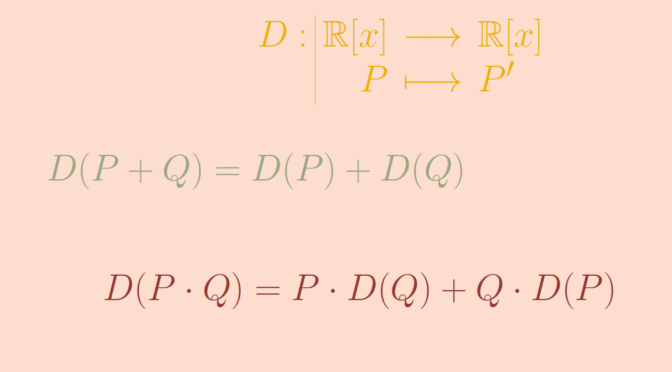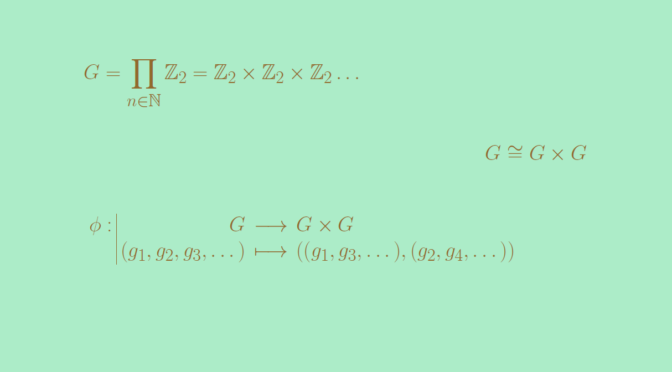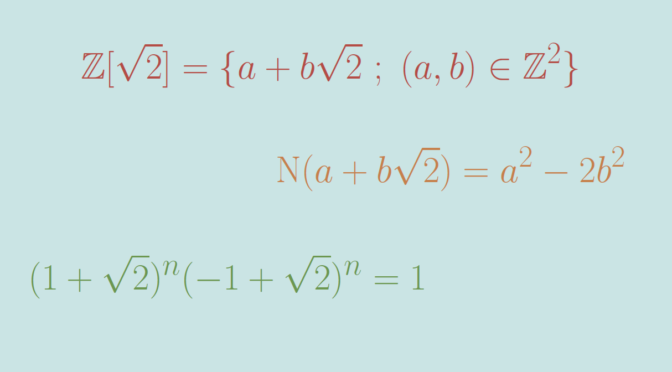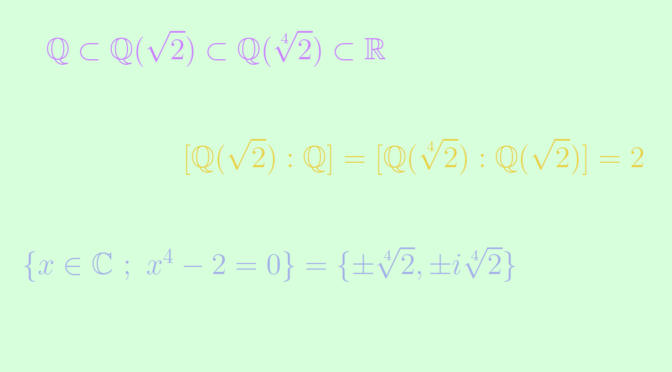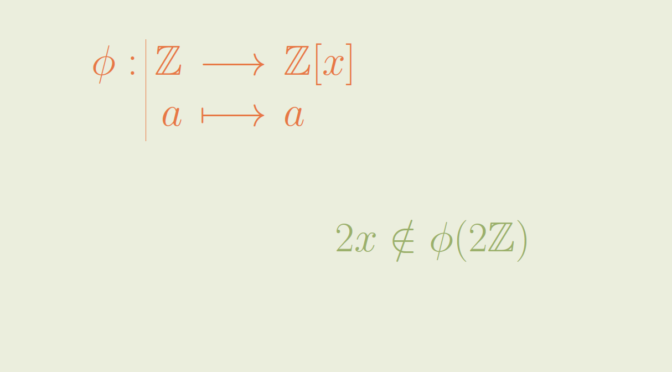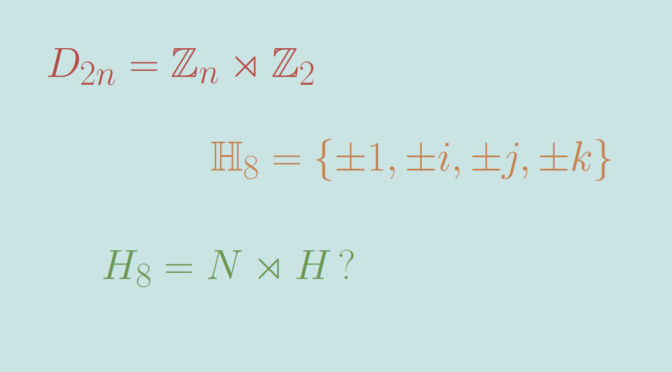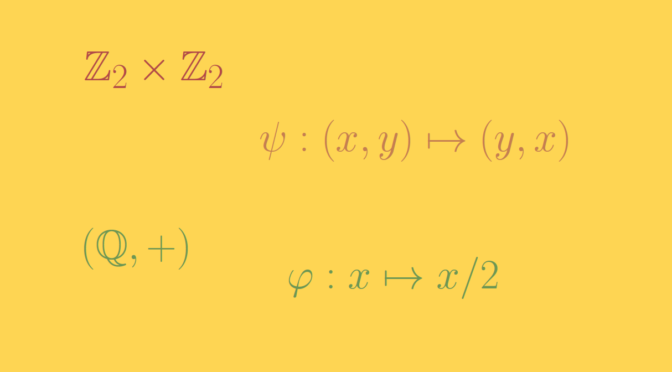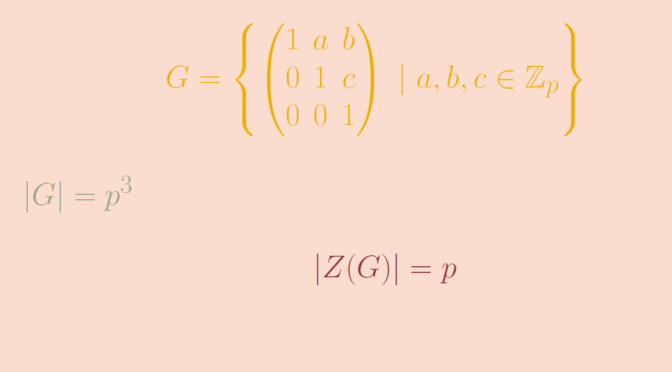Let’s G be a group. A characteristic subgroup is a subgroup H⊆G that is mapped to itself by every automorphism of G.
An inner automorphism is an automorphism φ∈Aut(G) defined by a formula φ:x↦a−1xa where a is an element of G. An automorphism of a group which is not inner is called an outer automorphism. And a subgroup H⊆G that is mapped to itself by every inner automorphism of G is called a normal subgroup.
Obviously a characteristic subgroup is a normal subgroup. The converse is not true as we’ll see below.
Example of a direct product
Let K be a nontrivial group. Then consider the group G=K×K. The subgroups K1={e}×K and K2=K×{e} are both normal in G as for (e,k)∈K1 and (a,b)∈G we have
(a,b)−1(e,x)(a,b)=(a−1,b−1)(e,x)(a,b)=(e,b−1xb)∈K1 and b−1K1b=K1. Similar relations hold for K2. As K is supposed to be nontrivial, we have K1≠K2.
The exchange automorphism ψ:(x,y)↦(y,x) exchanges the subgroup K1 and K2. Thus, neither K1 nor K2 is invariant under all the automorphisms, so neither is characteristic. Therefore, K1 and K2 are both normal subgroups of G that are not characteristic.
When K=Z2 is the cyclic group of order two, G=Z2×Z2 is the Klein four-group. In particular, this gives a counterexample where the ambient group is an abelian group.
Example on the additive group Q
Consider the additive group (Q,+) of rational numbers. The map φ:x↦x/2 is an automorphism. As (Q,+) is abelian, all subgroups are normal. However, the subgroup Z is not sent into itself by φ as φ(1)=1/2∉Z. Hence Z is not a characteristic subgroup.

